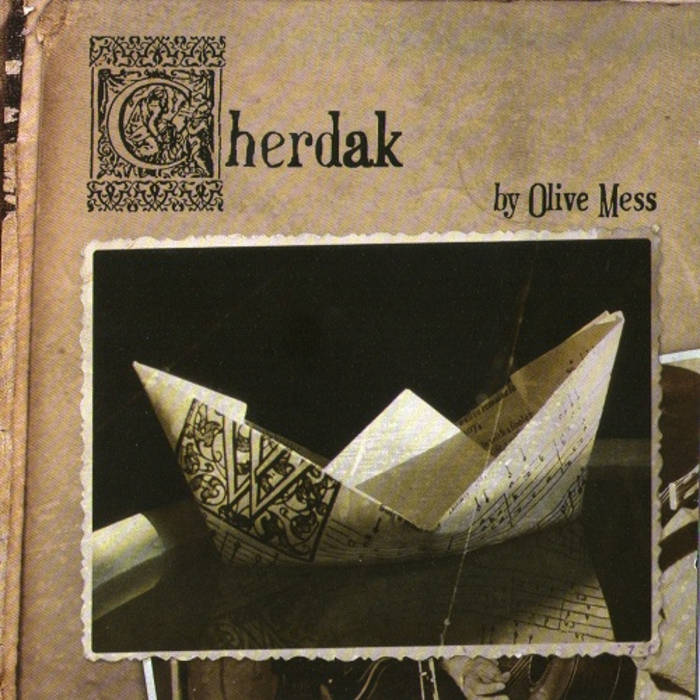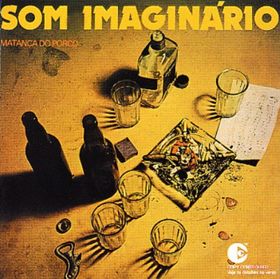Ok, ok... I can hear some of you saying this is just another Fish-era Marillion clone. But, you see, it happens I like Fish-era Marillion and it also happens this Ukrainian band has a rather original approach to neo-prog, a darker mood and a well balanced sound. Igor Sidorenko is the man behind Arlekin (that's actually a one-man band) and he's got a long, successful experience when it comes to prog rock (Stoned Jesus are the best known band he played in). That's why he knows how to build up a 15 minute epic skipping boredom and mannerism.
The making of this album was rather long, starting in 2008.
"In This Puzzled Roundabout", taken from the album "Disguise Serenades", includes most of my favourite elements: rythm and mood changes, powerful and sensitive vocals, well found and well performed instrumental parts and - most of all - beautiful melodies. Surre, you'll find here many musical solutions coming from British (and Polish) neo-prog bands, but the track is nonetheless an enjoyable and original one, adding to the usual ingredients a fully homemade mixed spice tablespoon. Just get into this puzzled world...




